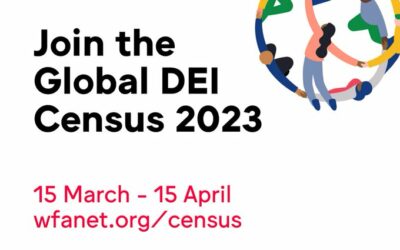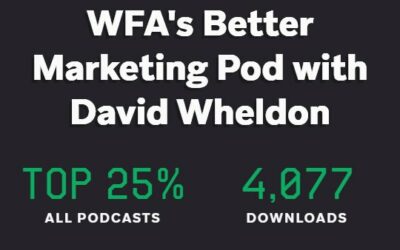Global Alliance for Responsible Media (GARM) agrees commitments and timeframe for the first global brand safety and sustainability framework for the advertising industry
Facebook, YouTube and Twitter, in collaboration with marketers and agencies through the Global Alliance for Responsible Media have agreed to adopt a common set of definitions for hate speech and other harmful content and to collaborate with a view to monitoring industry efforts to improve in this critical area.
The changes follow 15 months of intensive talks within GARM between major advertisers, agencies and key global platforms, with the first changes to be introduced this month. GARM is a cross-industry initiative founded and led by the World Federation of Advertisers (WFA) and supported by other trade bodies, including ANA, ISBA and the 4A’s.
Four key areas for action have been identified, designed to boost consumer and advertiser safety with agreed individual timelines for each platform to implement across the different areas.
The key areas of agreement are (details below):
- Adoption of GARM common definitions for harmful content;
- Development of GARM reporting standards on harmful content;
- Commitment to have independent oversight on brand safety operations, integrations and reporting;
- Commitment to develop and deploy tools to better manage advertising adjacency.
WFA believes that the standards should be applicable to all media given the increased polarization of content regardless of channel, not just the digital platforms. As such, it encourages members to apply the same adjacency criteria for all their media spend decisions irrespective of the media.
Common definitions will create a common baseline on harmful content.
Today, advertising definitions of harmful content vary by platform and that makes it hard for brand-owners to make informed decisions on where their ads are placed, and to promote transparency and accountability industry-wide.
GARM has been working on common definitions for harmful content since November and these have been developed to add more depth and breadth pertaining to specific types of harm such as hate speech and acts of aggression and bullying.
All platforms will now consistently enforce these standards as part of their advertising content standards and consistently enforce the common definitions.
Harmonized reporting will drive better behaviors.
Today, each platform has its own methodologies to measure the occurrence of harmful content. There is a need to harmonize those methodologies and to focus on metrics that are truly meaningful from a brand and a societal perspective, namely how we measure and quantify the presence harmful content per platform.
Having a harmonized, reporting framework is a critical step to ensure that policies around harmful content are enforced effectively. All parties have now agreed to pursue a set of harmonized metrics on issues around platform safety, advertiser safety, and platform effectiveness in addressing harmful content.
Between September and November work will continue to develop a set of harmonize metrics and reporting formats, for approval and adoption in 2021.
Independent audits will drive better implementation and build trust.
With the stakes so high, brands, agencies, and platforms need an independent view on how individual participants are categorizing, eliminating, and reporting harmful content. A third-party verification mechanism is critical to driving trust among all stakeholders.
The goal is to have all major platforms audited for brand safety or have a plan in place for audits by year end.
Advertising adjacency solutions are necessary and will be developed.
Advertisers need to have visibility and control so that their advertising does not appear adjacent to harmful or unsuitable content and take corrective action if necessary and to be able to do so quickly.
GARM is working to define adjacency with each platform, and then develop standards that allow for a safe experience for consumers and brands. Platforms that have not yet implemented an adjacency solution will have a roadmap by year-end. Platforms will provide a solution through their own systems, via third party providers or a combination thereof.
Read more: https://bit.ly/3cB7ZhW



